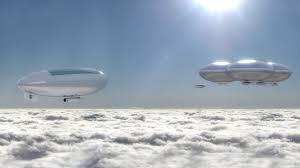Mars vs. Venus: Which is better for human migration?
March 24, 2017
The planet Mars has stolen the spotlight in recent years as the likely target for interplanetary human migration. Mars has been studied much more extensively than its close sister planet, Venus.
There are many drawbacks and advantages to life on both planets but our attention might need to be switched to Venus in order to have an actual chance at at’s surface. Its gravity is 3.711 meters per second as opposed to the Earth’s 9.8 meters per second.
Based on our studies of astronauts aboard the ISS, this could cause many problems for future colonization. Bones and muscles in micro gravity will decay over time, causing severe health problems after prolonged periods in space.
Venus on the other hand, is close to the size of Earth making its gravity 8.8 meters per second. If we were to migrate there, humans would feel somewhat similar to how they feel on Earth. But, Venus contains huge sulfuric acid clouds in the atmosphere that rain sulfuric acid on the surface. There are parts of the atmosphere that are safe for humans,which NASA has been paying attention to.
The only way to colonize Venus would be to create sky cites that could house a healthy population of people.

This is what human migration on Venus would look like.
“Mars because mars has ground. Venus has gas, which is not suitable for human colonization,“ said freshman Coltrane Cho when asked which planet is more suitable for human migration.
Venus has a temperature of 735 Kelvin,and Mars has the temp of 70 degrees Fahrenheit during the day while at night the temperature goes down to -100.Overall ,we should focus on mars because more safer than going to Venus.
Mars seems to be the most likely target for exploration in our solar system, but Venus might be the more sensible option for study. Its closeness to Earth’s size and proximity make it easier to travel to and from. Venus shouldn’t be put outside the circle of possible targets for an attempt to save the human race.

